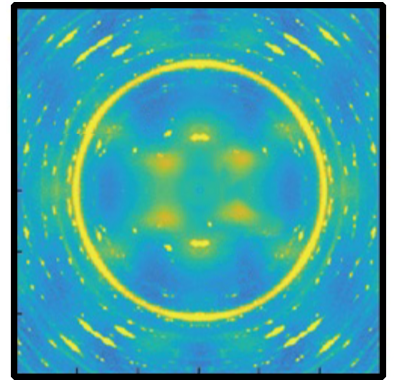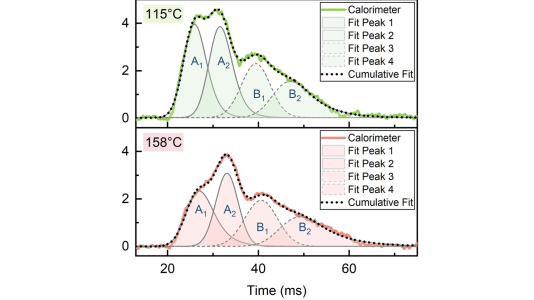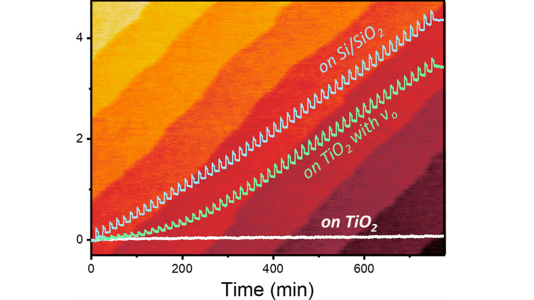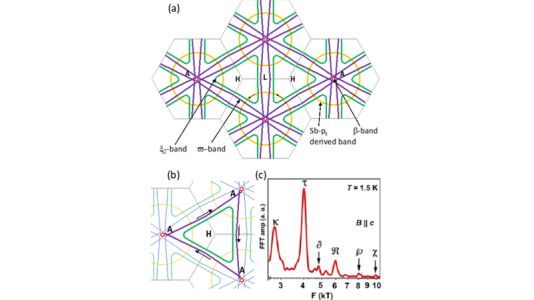Emerging Materials
Our objective is to develop a fundamental understanding of the electronic, magnetic, and chemical behavior of complex materials and interfaces, including transition metal oxides, pnictides, chalcogenides, and main group halides.
Our focus areas include correlated electron systems, topological matter, novel superconductors, quantum magnets, clean energy interfaces, and materials platforms for radiation detection.
Emerging Materials research emphasizes growth of high-quality single-crystal specimens and precision synthesis of interfaces designed to reveal and understand new physics or new functionalities. Our strategy balances two modes of materials growth: (i) discovery synthesis of new materials and (ii) targeted growth of established systems that we modify and grow for specific test experiments.
Our group members have expertise in a wide range of growth techniques, with particular emphasis on:
- Floating zone growth, including growth at high oxygen pressures
- Flux growth of crystals both for targeted and discovery synthesis
- Bridgeman growth of pure, highly homogeneous crystals
- Atomic layer deposition, including selective interface reactions
With an emphasis on developing structure-property relationships in complex materials and interfaces, measurements in our group focus on structural determination using X-ray diffraction and detailed electronic, magnetic, transport, and thermodynamic characterization of samples.




